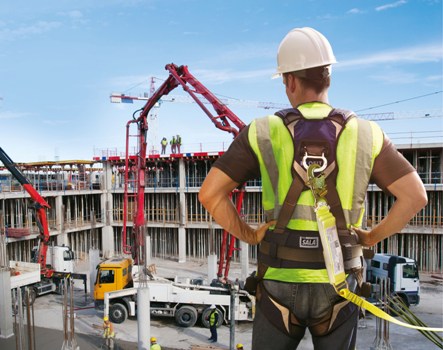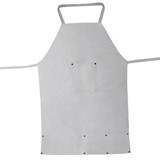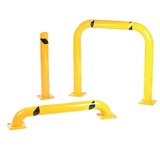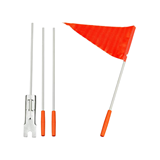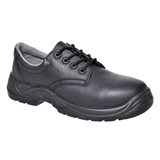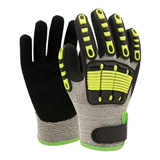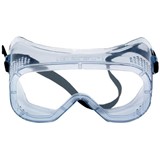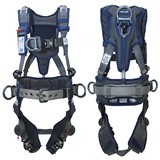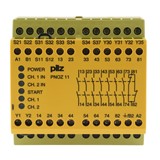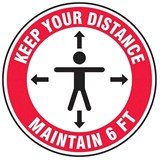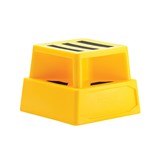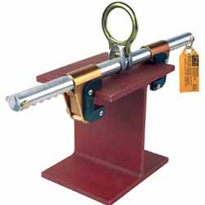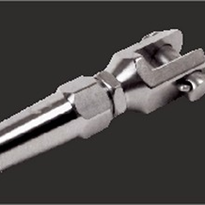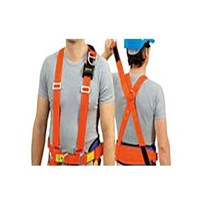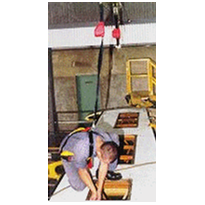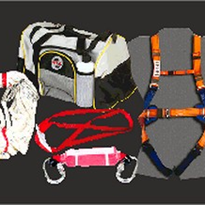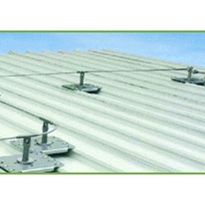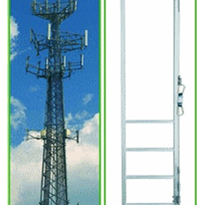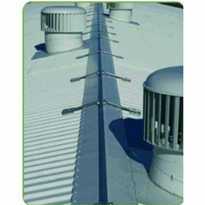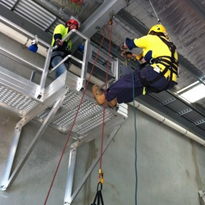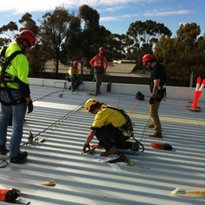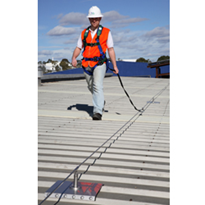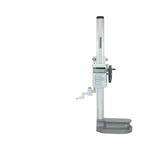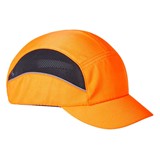IndustrySearch: What trends have shaped the fall protection sector in recent years?
Michael Biddle: In relation to fall protection, some of the key developments in recent times include:
1. A preference for higher specification equipment - lighter weight, feature-rich products that deliver superior comfort and functionality.
2. A preference for products that suit all body shapes, weight ranges and sizes and can perform equally for all without compromising safety.
3. The development of better products for lower cost. Manufacturing efficiencies and the increase in the number of manufacturers offering product alternatives, particularly from overseas locations has resulted in a wider range of brand choice and pricing options available for consumers.
4. A review of the manufacturing Standard AS/NZS1891.1 for webbing products (specifically harnesses and lanyards) used in fall protection. This has resulted in a shift away from products rated for 'restraint' to them being rated for 'fall arrest'. This has not meant to promote fall arrest equipment as a solution for all circumstances, but instead to improve the safety of workers at height, as they are required to use equipment that will work in both fall arrest and restraint applications and avoid the potential for equipment failure if misused in the wrong application.
5. A greater focus on utilising the 'Hierarchy of Control' to manage risks as a result of fall from height. This has led to a growing demand for passive fall prevention measures, and a burgeoning of product selections to deliver these outcomes.
IndustrySearch: How have you as a supplier responded to these trends?
Michael Biddle: Capital Safety is renowned for its innovation in new product offerings and has responded with offering products that have unique features that make it easier to do your job.
We proactively contribute to the Working at Height Association (WAHA) of Australia to assist in the education of end users, sponsor a new a standard and enable the industry to better understand their operational risks around working at height.
Capital Safety has also constantly consulted with users about working needs and the different ways we can improve products, systems and the working methodologies.
IndustrySearch: How do you see this changing in the next 12-24 months, and what will drive the change?
Michael Biddle: There will be a continuing focus on the use/introduction of passive systems to reduce risk for working at height issues.
The focus will be on rescue – too often people focus on the access component of a working at height problem and forget about what happens if a fall occurs and how they will rescue the person safely and in a timely manner.
IndustrySearch: What are the major challenges facing the height safety sector right now?
Michael Biddle: The education of end users and resellers about safe working at height issues remains the biggest challenge as well as correct product selection for the task at hand.
There is often not a 'one-size-fits-all' solution available, though many promote this. People also often automatically think about choosing a product to solve their issues, when they should be focusing on their system of work practices first and making a product selection after this has been completed, as there may well be other simpler and safer ways to complete a task.
IndustrySearch: Can you give examples as to how your company has adapted to these challenges?
Michael Biddle:
1. Offering nationally accredited training courses that assist students to understand the applying the hierarchy of control methodology and then ultimately selecting the right products to be used for the right applications if required.
2. Published and distributed complimentary educational materials, such as 'height safety essentials' guides and posters for use in display areas, lunch rooms, tool cribs etc. that focus on educating staff on height safety issues.
3. Over the past 5 years conducted a travelling national 'regional road show' program to bring complimentary height safety educational seminars to regional areas, which are often locations where the information is needed most.
4. Conduct on-site educational demonstrations using custom-built trailers to assist users understand fall protection risks and showing how to select the right equipment for the task at hand.
Access to all these resources can be achieved by contacting Capital Safety directly.
IndustrySearch: What initiatives would you like to see from government to better support height safety?
Michael Biddle: The release of the Draft Code of Practice for 'Managing the Risk of Falls in Workplaces' by Safe Work Australia – an attempt to unify safe work practice guidelines nationally is a good start. The subsequent realignment of State and Territory legislation into a national framework around workplace safety laws should be the end goal. This would enable companies to maintain a tighter level of compliance and simplify their operations.
Introduction of a licensing framework for work at height practitioners would assist in addressing unsafe work practices, drive a focus on continuing education and ultimately lead to a reduction in workplace fatalities as a result of working at height.
IndustrySearch: What's the next 'big thing' we can expect from the height safety sector?
Michael Biddle: For fall protection, the next 'big thing' is in many respects already here. The increase in the volume of passive system solutions will continue to drive a different approach to working at height issues.
Expect also to see an increase in focus on 'dropped objects' protection. The resultant number of injuries from dropped objects (or fall of objects, not people) is surprisingly high. In fact it rates fourth behind motor vehicle accidents, being hit by a moving object and falls from height as the most frequent mechanism of fatality in Australian workplace safety statistics.


